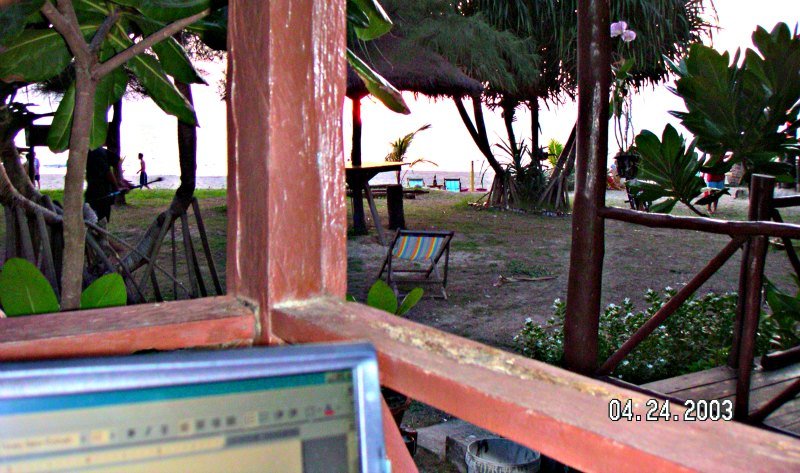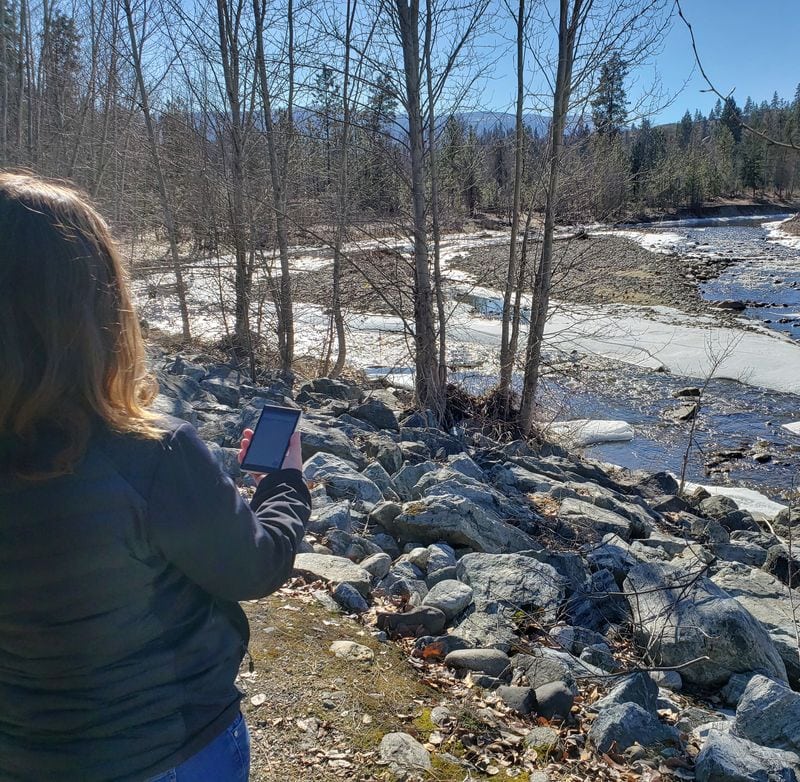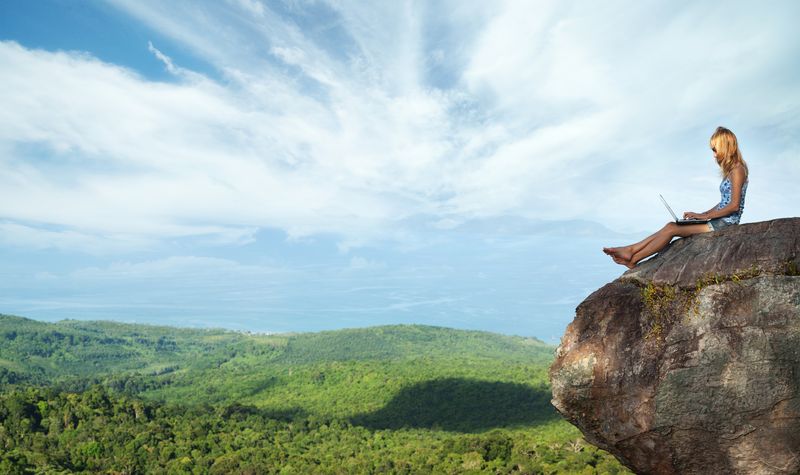We’ve all been there – your flight touches down in a new country, and the first thing you do is hunt frantically for a good Wi-Fi signal.
In the 15 years since we started this blog, we’ve used free Wi-Fi in airports, restaurants, hotels, pubs, public libraries, and even national parks.

How to Safely Use Public Wi-Fi on Your Travels: Navigating the Digital Seas Abroad
Free public Wi-Fi is a traveler’s best friend for staying connected, but it can also be a playground for digital pirates. Public Wi-Fi can be unsecured and vulnerable, meaning that hackers can use these weaknesses to steal your personal information or install malicious software on your devices without you knowing.
But, fear not! We’ve got you covered with a quick guide to safely surf the net abroad.

Your Digital Lifejacket: Using VPNs
Think of a VPN as your personal digital lifejacket. It keeps your online activities encrypted and hidden from prying eyes. Before you even think of logging into that café Wi-Fi, turn on a VPN. Make sure it has encryption and a no-logs policy.
Looking for travel insurance that actually makes sense for nomads?
SafetyWing’s Nomad Insurance is one of the top options. It’s affordable, flexible, and built for travelers who live and work on the road. You can buy it while abroad, cancel anytime, and pick a plan that fits your needs.
It’s designed for people living and working on the road, whether you’re bouncing between countries or settling into one place for a bit.
Get a Quick Quote here to see if it’s for you.
Spotting Safe Harbors: Identifying Secure Wi-Fi Networks
Before you connect, let’s talk safety. Not all Wi-Fi networks are created equal. At a bare minimum, look for networks that require a password, which is often a good sign of security.

Beware of Digital Doppelgängers: Evil Twin Hotspots
Evil twin hotspots mimic legitimate ones. These are traps set by cybercriminals to steal your data.
Pro tip: Always ask staff for the official network name and password. This can keep you from accidentally connecting to a copycat network.
Surfing Safely: Best Practices on Public Wi-Fi
Public Wi-Fi isn’t the place for online shopping or checking your bank account. Save those for a secure connection. And remember, just like you wouldn’t leave your drink unattended in a bar, don’t let your devices auto-connect to networks.
Confused about voltage, adaptors, and converters? Find out how to keep from frying your electronics overseas.

Your Digital Bodyguard: Antivirus and Anti-Malware
Your devices need bodyguards, and that’s where antivirus and anti-malware apps and programs come in.
They’re your first line of defense against unwanted intruders on public networks. Keep them updated, just like you do your travel itinerary.
Guarding Your Treasures: Securing Personal Data
Enable your device’s firewall – consider it the moat around your digital castle. Also, make sure to stick to secure websites that use HTTPS, especially when entering personal information. Think of it like choosing a well-lit path back to your hostel at night. It keeps you more secure from any prying eyes.
Think Wi-Fi in a national park is weird? Nokia plans to launch 4G internet on the moon.

Keeping Your Ship in Shape: Software and App Updates
Outdated software and operating systems are like a leaky boat – eventually, you’ll run into trouble. Regular updates patch up these leaks and keep you afloat in the digital sea. Make sure you apply any software updates your device offers. They’re there to help protect you from the latest vulnerabilities but they can’t do their job if they never get installed.
Do you feel the need – the need for speed? Learn how to get high-speed wi-fi when traveling.
Stay Safe and Keep Exploring
With these safety tips, you’re now ready to navigate the digital waves safely. Remember, staying connected is important, but protecting your digital self is paramount. Keep these practices in mind, and you’ll be as savvy online as you are in your travels.
Stay safe, and enjoy your travels! – Micki

